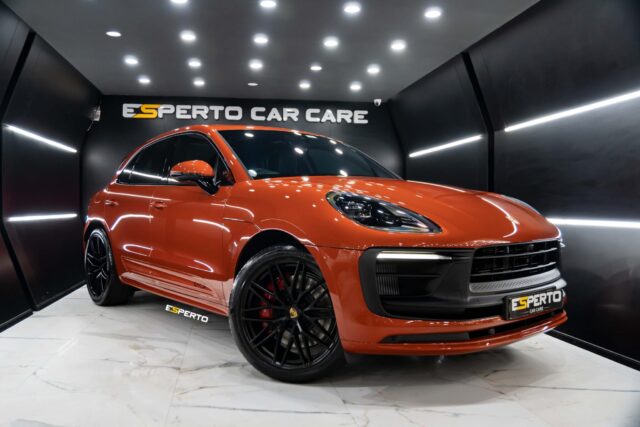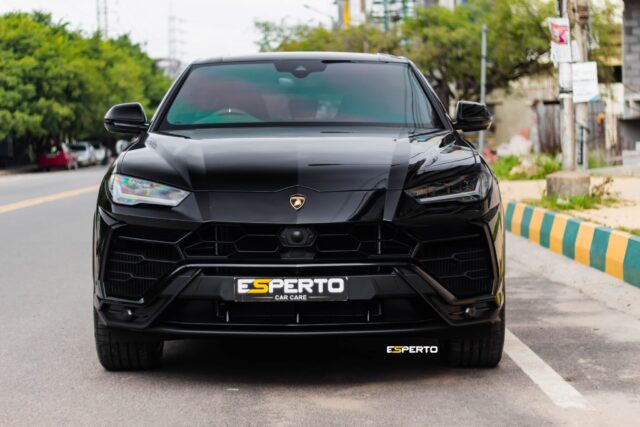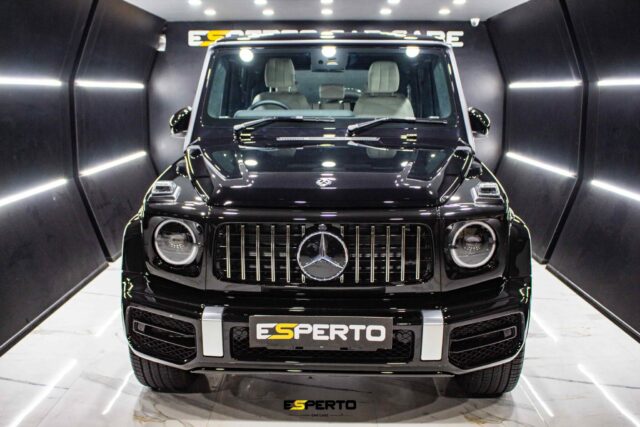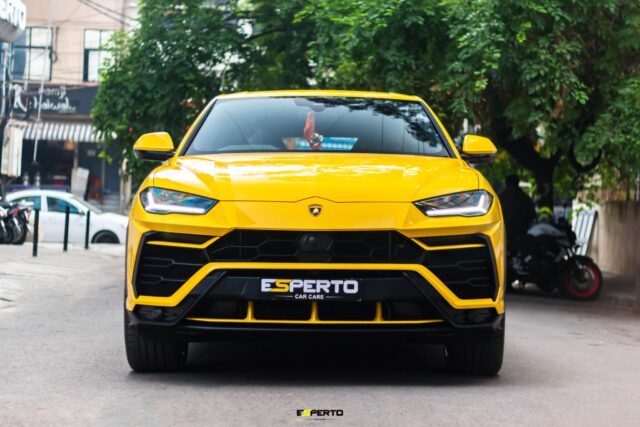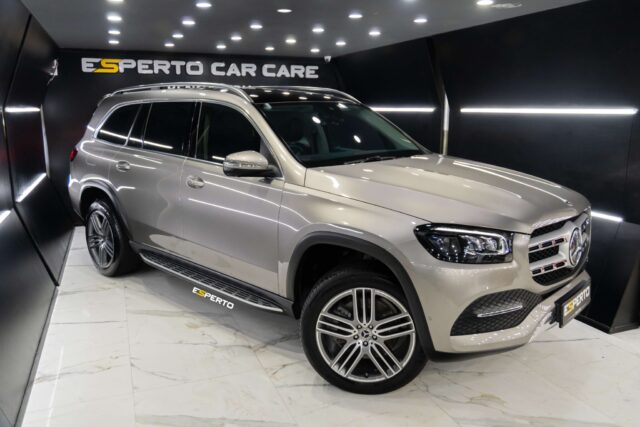If you’ve ever wondered how privacy window film manages to keep your car’s interior hidden while still letting you see out clearly, you’re not alone. It’s a question we get often at Esperto Car Care.
Here’s the straightforward answer: one-way privacy window film uses a reflective outer layer that bounces light back while letting you maintain visibility from inside. The film reduces glare, blocks harmful UV rays, and gives you privacy during the day. In Coimbatore’s intense heat and sunlight, this becomes particularly useful—not just for privacy, but for keeping your car cooler and protecting your interior from fading.
The trick is in how the film handles light. It reflects more than it transmits, which means outsiders see a mirror-like surface while you see through it normally.
How Does Privacy Window Film Actually Work in Cars?
Privacy window film for cars isn’t magic, though it can feel like it. The film has a thin metallic layer—basically microscopic particles mixed in—that filters light. Think of it like a selective screen: light from your side passes through, but most of the light from outside gets bounced back.
So you can see out just fine. People outside? They see their own reflection.
Unlike two-way films (which limit visibility from both sides), one-way privacy films are built specifically for situations where you want to see out without being seen. It’s particularly effective during daylight hours when the light differential works in your favour.
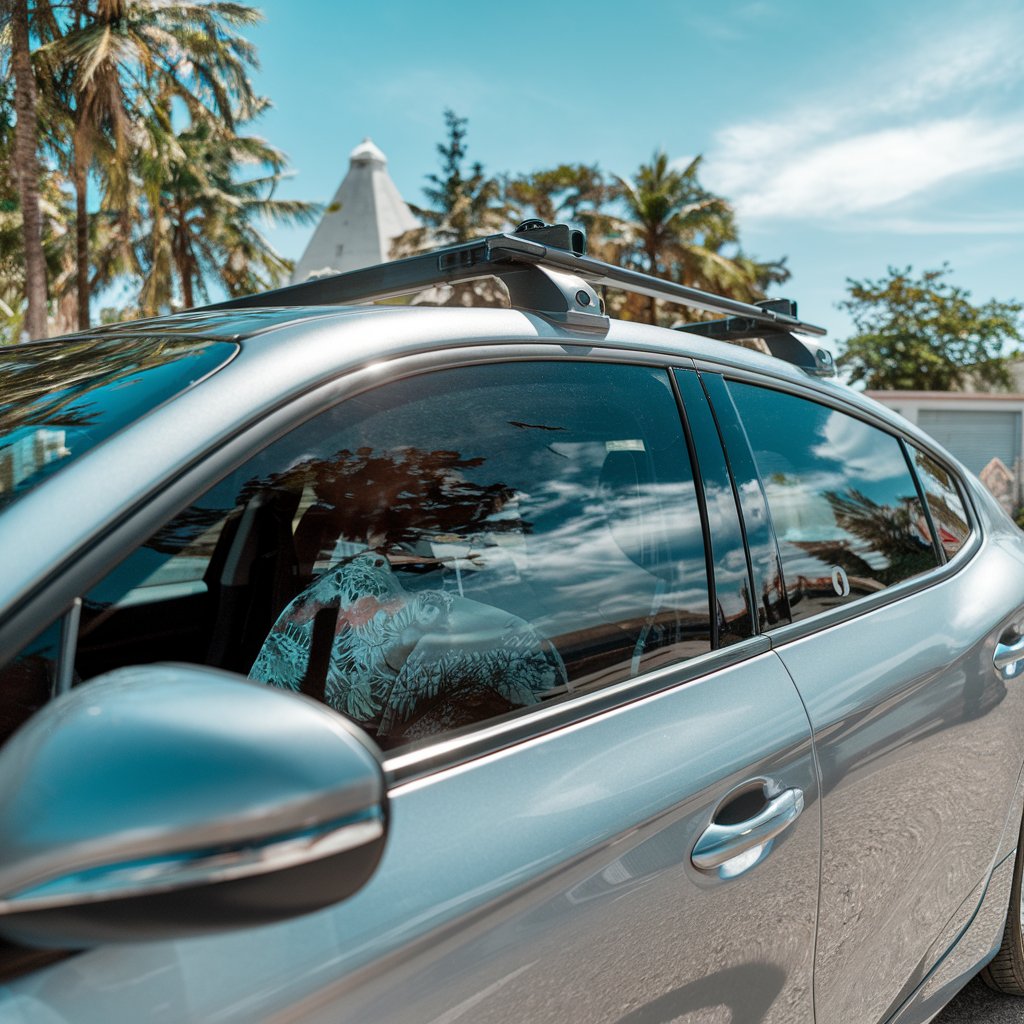
What Makes These Films Effective for Light Control?
The metallic layer does most of the heavy lifting. It:
- Reflects external light to create that mirror effect on the outside
- Reduces glare so you’re not squinting while driving through Coimbatore’s sunny afternoons
- Blocks up to 99% of UV rays, protecting both you and your car’s upholstery from sun damage
We’ve seen plenty of car owners regret skipping UV protection—dashboards crack, seats fade, and the cabin gets uncomfortably hot. Privacy films for car windows address these issues while giving you the added benefit of seclusion.
Does Privacy Window Film Actually Help You See Better While Driving?
Short answer: yes, but with context.
One way privacy window film cuts down on glare and helps you see more clearly when you’re driving during the day. Makes a real difference if you’re constantly squinting into the sun or dealing with reflections bouncing off other cars.
The film lets enough natural light in, but kills that harsh glare that makes your eyes tired. If you drive a lot in bright weather (and in Tamil Nadu, that’s basically every day), you’ll notice how much easier it is on your eyes.
At night, though, the dynamic shifts. Privacy control window film relies on the outside being brighter than the inside. When you turn on interior lights after dark, the privacy effect weakens—outsiders can see in more easily. It’s worth knowing this limitation upfront.
One-Way vs Two-Way Privacy Films: What’s the Difference?
One-way privacy window film works like a one-way mirror. You see out clearly; people outside see mostly their reflection. Pretty straightforward.
Two-way privacy films, on the other hand, make visibility difficult from both directions. They’re less common for cars because, well, you need to see where you’re driving.
For cars, one-way or dual reflective window films just make more sense. You get privacy where you need it without giving up your ability to see the road.
Which Type of Privacy Window Film is Right for Your Car?
Not all privacy films for car windows are the same. Choosing depends on what you’re after—style, function, or both.
Decorative Films: Privacy Meets Aesthetics
If you want your car to look good while staying private, decorative window films are worth considering. The best window film for privacy in this category includes options with patterns or frosted finishes that add visual interest while obscuring the interior.
One-way mirror films fall into this category, too. They give your car a sleek, modern appearance with that reflective surface that looks sharp from the outside.
UV-Blocking Films: Protection That Matters
In Coimbatore’s heat, UV protection matters more than most people think. These films protect your car’s interior from the sun’s heat and help keep the cabin comfortably cool. They cut down the heat quite a bit—which means you’re not blasting the AC as hard and your cabin stays comfortable.
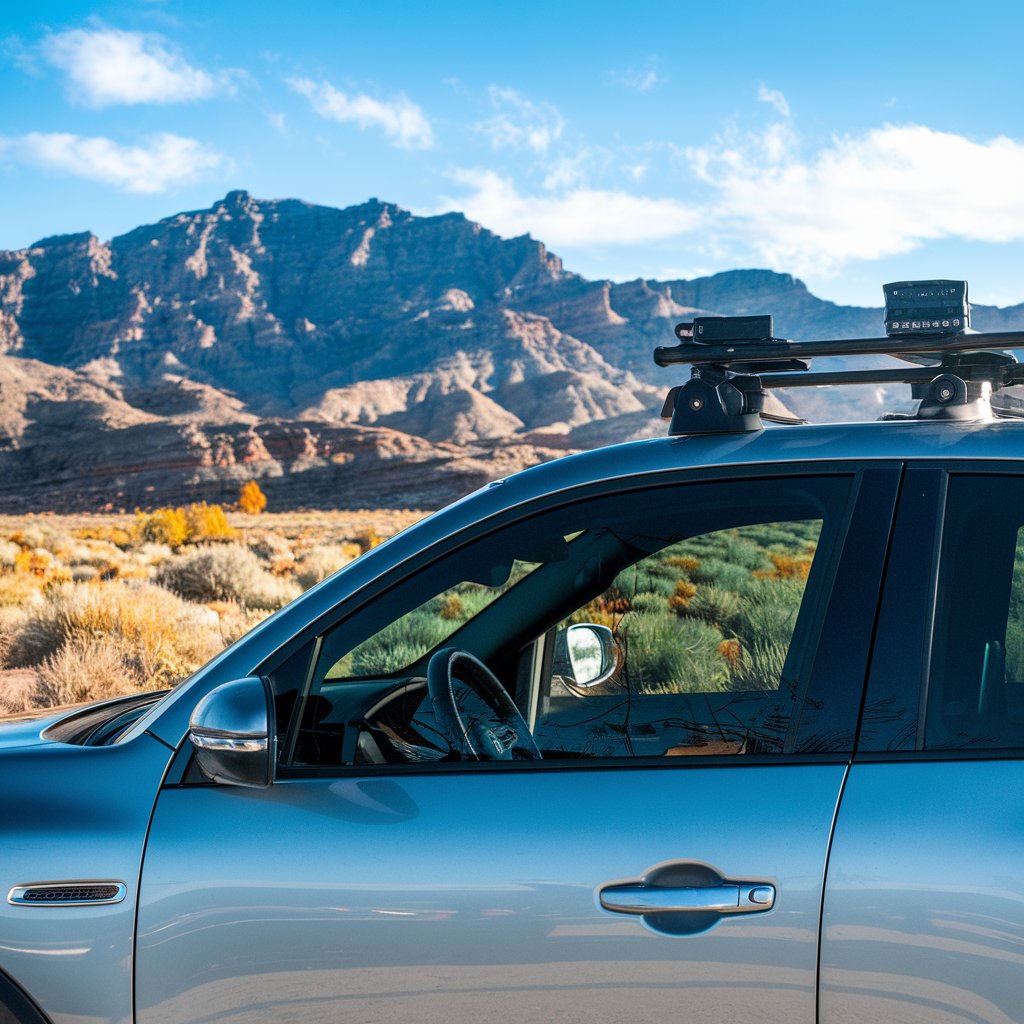
How Does One-Way Mirror Film Perform on Car Windows?
The film’s effectiveness drops at night when interior lighting reverses the effect. If you turn on cabin lights, the inside becomes brighter than the outside, and the privacy disappears.
The privacy thing only works when there’s more light outside than inside. At night, flip on your cabin lights, and suddenly, anyone outside can see in pretty easily. The mirror effect reverses.
Not a design flaw—just physics. The film needs that light difference to do its job, and when the lighting flips, so does the privacy.
Compared to traditional tint, mirror film offers superior daytime privacy but doesn’t provide consistent privacy across all lighting conditions. If nighttime privacy is critical, you might want to combine mirror film with other solutions like window shades.
Should You Use Adhesive or Static Cling for Car Privacy Film?
Depends on what you’re after—something that stays put or something you can swap out.
Adhesive Films:
- Stick around long-term
- Handle light control consistently
- Work better if you want a permanent setup
- Might leave some residue when removed
Static Cling Films:
- Go on and off easily
- Won’t damage your glass or leave marks
- Good if you need temporary privacy
- Don’t hold up as well as adhesive in the long run
Most people who come to Esperto prefer adhesive. In hot climates, static cling can start losing its grip after a while.
How to Apply Privacy Window Film Correctly
Installing privacy window film properly matters. Mess it up and you get bubbles, edges that peel, film that doesn’t last.
Here’s what needs to happen:
- Preparation: Scrub that window clean. Any dirt or grime left behind means the film won’t stick right and won’t last as long.
- Selection: Get decent quality film that won’t fall apart in India’s heat. Cheap ones peel or fade quickly when they’re getting hammered by UV every day.
- Application: Start from one side, work across with a squeegee, and push the bubbles out as you go. I need patience and a steady hand.
- Curing: Leave it alone for at least 48 hours once it’s on. Don’t roll your windows down, don’t mess with it, just let it sit.
If you’re not sure about doing this yourself, get it done professionally. We’ve redone enough DIY jobs where the film ended up wrinkled or crooked to know it’s worth getting right the first time.
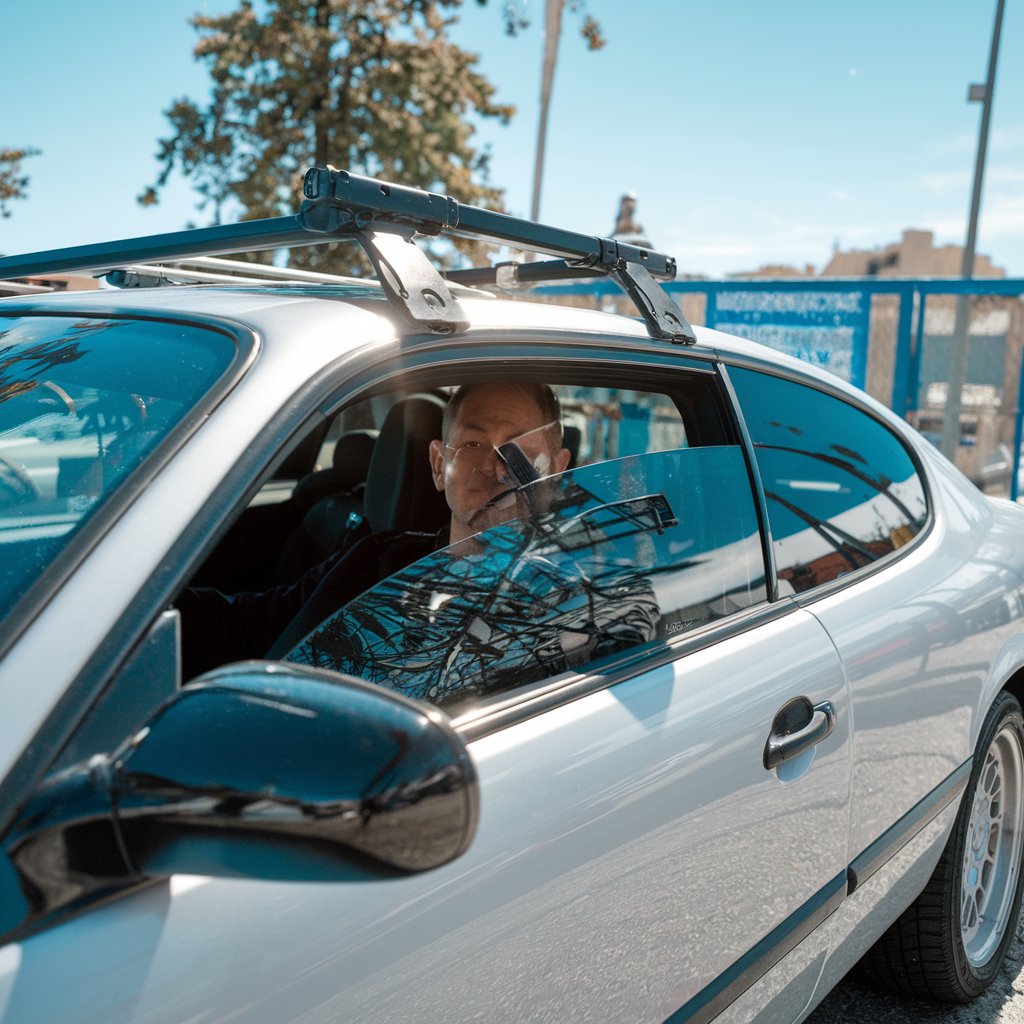
Ready to Add Privacy Window Film to Your Car?
If you’re around Coimbatore and thinking about privacy window film, we can walk you through it. At Esperto Car Care, we’ve done installations on everything from daily commuters to high-end cars, so we know what holds up in our climate.
We’ll show you what options make sense—whether you need UV protection, want to cool down your cabin, prefer shatter resistant film for added safety, or just want more privacy while you drive. No hard sell, just straightforward advice drawn from real experience.
Book a free consultation with Esperto Car Care. We’ll check out your car, talk through what you’re looking for, and suggest the best window film for privacy that fits what you want to spend and what you actually need.
Protecting your car shouldn’t feel complicated.


